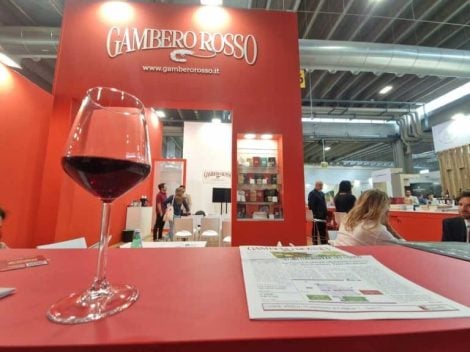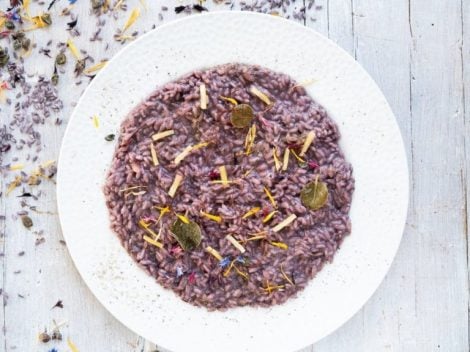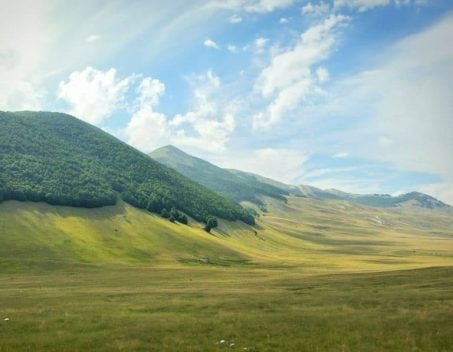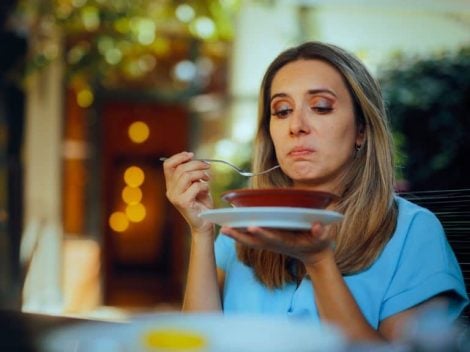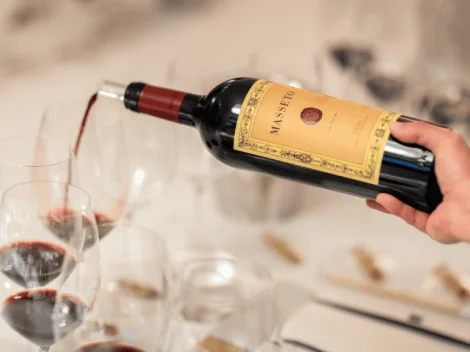Rome has never been a city renowned for its seafood cuisine. To find a well-established maritime tradition, one had to head to the coast, either north to Fiumicino or south to Anzio and Nettuno. In between, there was a difficult gap to fill.
Those who know the Roman coast well know that you move between Ostia and Torvajanica, two areas separated by the Castelfusano Nature Reserve, which characterizes the most beautiful and wild part of a coast protected by sand dunes and dense vegetation. On the beach around here, people have always eaten at more or less improvised kiosks set up on the sand, created to serve the fish brought ashore by the boats after fishing. Romantic, charming, authentic, and tasty, until, like all things, the growing numbers diluted the quality and beauty.
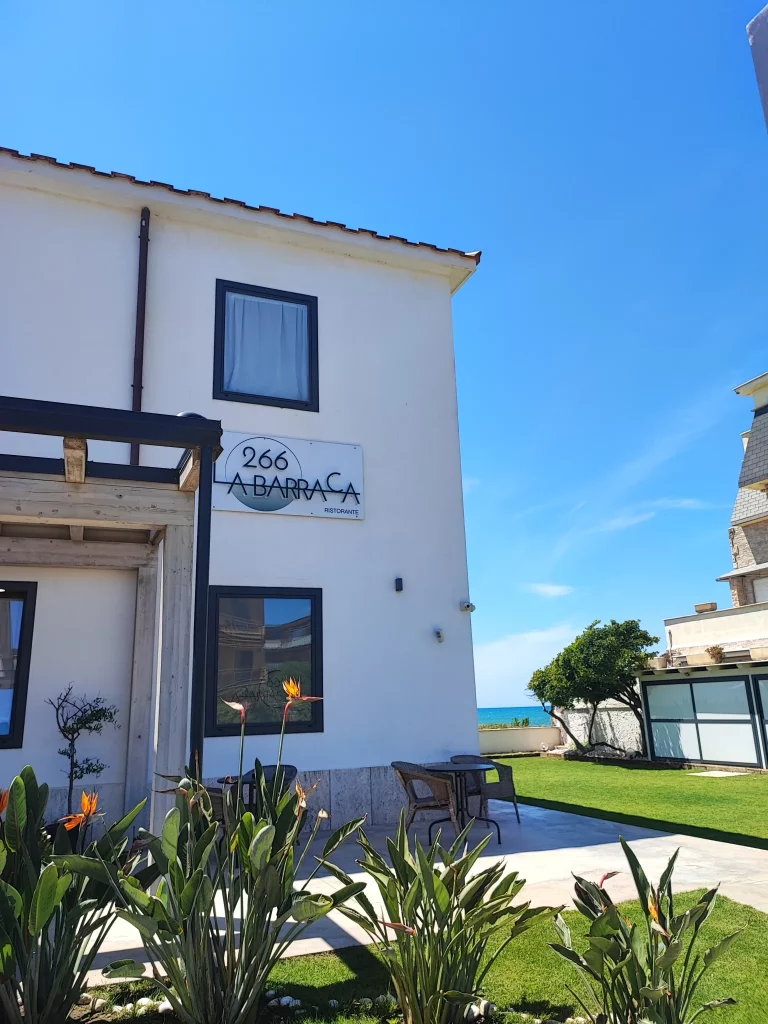
La Barraca, another Torvajanica
It's from one of those kiosks that the family of "266 La Barraca" originates. After 25 years of running a kiosk and serving local fish, the family decided to take a step up, buying a building among the dunes to create a proper restaurant. Thus, they began to serve elaborated dishes in a spacious kitchen, maintaining their lifelong dream but with the elegance of a different era.
Entering from the street, you get the feeling of leaving Torvajanica to step into one of those white and well-kept places found among the dunes of Maspalomas. The interior is unique and spacious, with well-spaced tables. The kitchen has a large window overlooking the sea on the left side. The front is a large glass wall, with a central passage leading outside. Here, under a small wooden veranda and in other green areas adorned with large agaves, there are more tables and white curtains. The atmosphere is enchanting: barefoot on the well-manicured green grass and a familial welcome that you might not find in the Canaries. Another added value is the free and guarded parking available at La Barraca.
In the kitchen, you'll find Pietro, whose real name is Claudio (but that’s another story he will tell you). With him are four women and a young man, but the real standout is his mother Assunta, an elderly lady of Sicilian origin who still makes pasta by hand and prepares cannoli with ricotta. Pietro's wife is Spanish and is an architect, explaining the architectural and gastronomic influences present on the menu. In the dining area is their son Mario, with a team of young and smiling girls. Mario is knowledgeable, informal, and an excellent guide in discovering Galician wines.
Overall, between the indoor dining area and the outdoor spaces, the seating is ample and practically everywhere you can enjoy a sea view. Guests also have access to umbrellas with sunbeds on a reserved stretch of beach and an even more exclusive area where they can dine in the shade of their own spot on the sand. Four-legged friends are welcome.
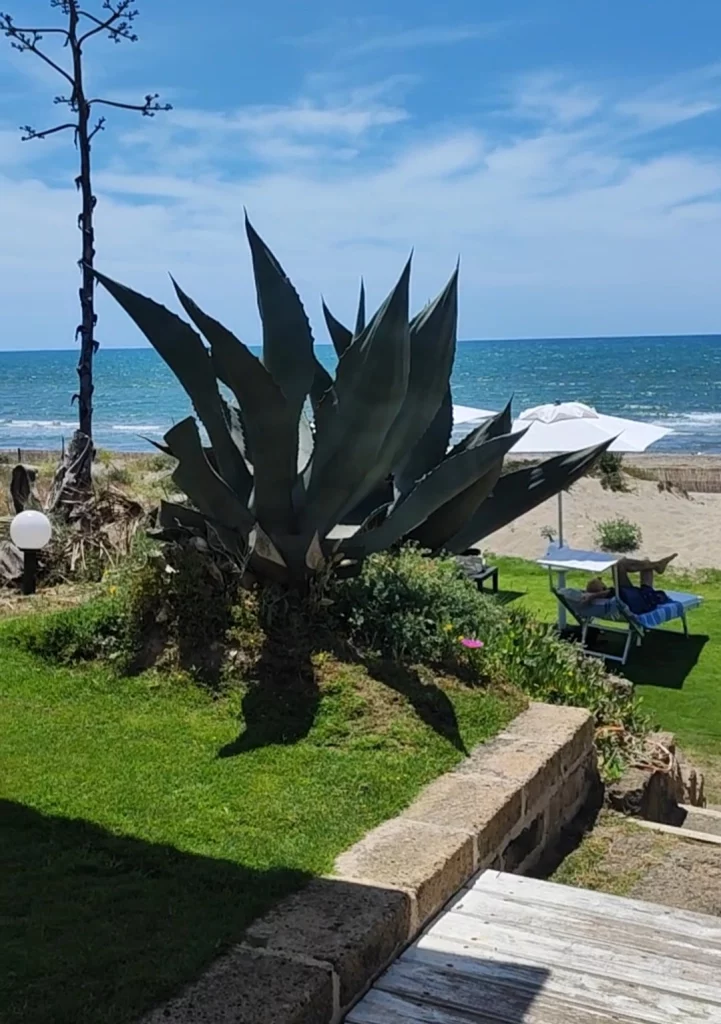
The menu, from raw to cooked
The gastronomic menu offers two tasting routes, one with 5 courses at 50 euros and one with 9 courses at 90 euros. Among the starters, the Tapas stand out, including an interesting Prawn with quail egg. Among the cooked dishes, the Prawns cooked in seawater and the Cod croquettes (prepared by mamma Assunta) are particularly noteworthy. The selection of raw dishes follows the availability of the day, while among the hot dishes the Sea Bass with 'nduja and beans stands out.
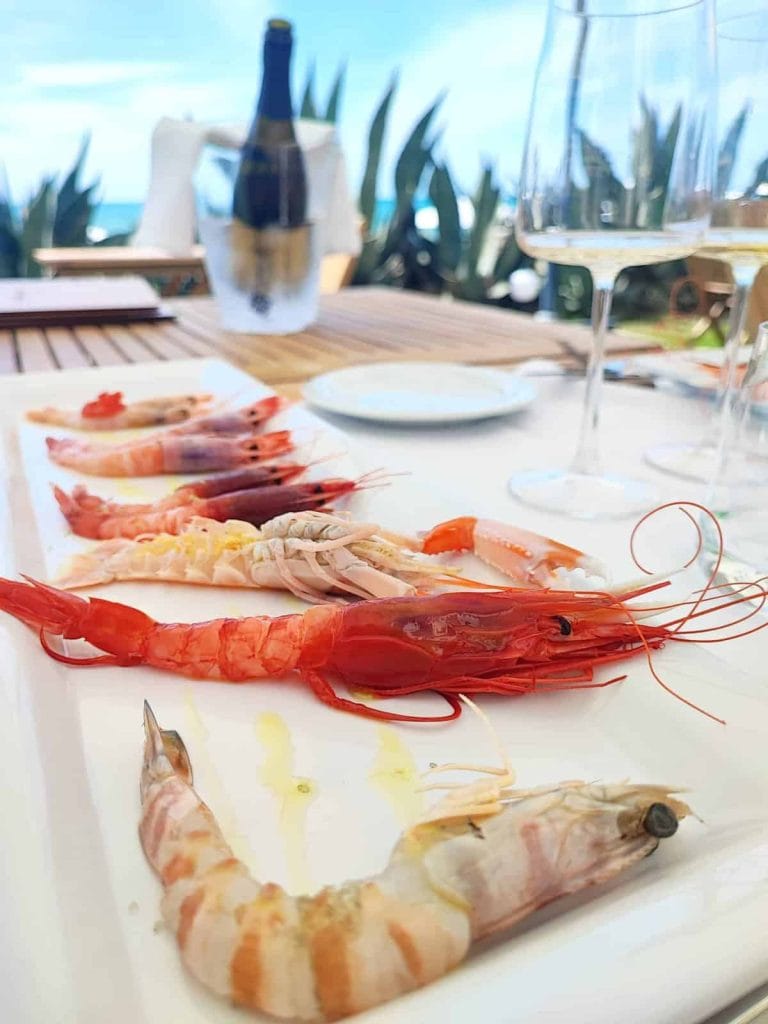
Among the first courses, the Spaghettone with "original" clams is a must, maintaining the tradition from the kiosk to the 266. With raw cherry tomatoes, unshelled clams, and an excellent well-mixed spaghetti, this dish offers a taste experience that evokes the Tyrrhenian Sea. The Cuttlefish Carbonara is also interesting, although it could offer something more to meet the expectations of a carbonara.
In addition to the classic fried dishes (served with sweet and sour chili sauce) and baked fish, the Croaker with pioppini mushrooms and the Traditional Galician (classic Galician-style octopus) catch the attention. However, the revisited "Zuppetta" steals the scene: this dish surprises with its vertical presentation and combines swordfish, red tuna, purple prawn, and scampi, cooked in different consistencies and served with an orange, lemon, and grapefruit reduction. It is a bold challenge with an initial sweet touch and a persistent marine note at the end, which satisfies and suggests potential yet to be explored.
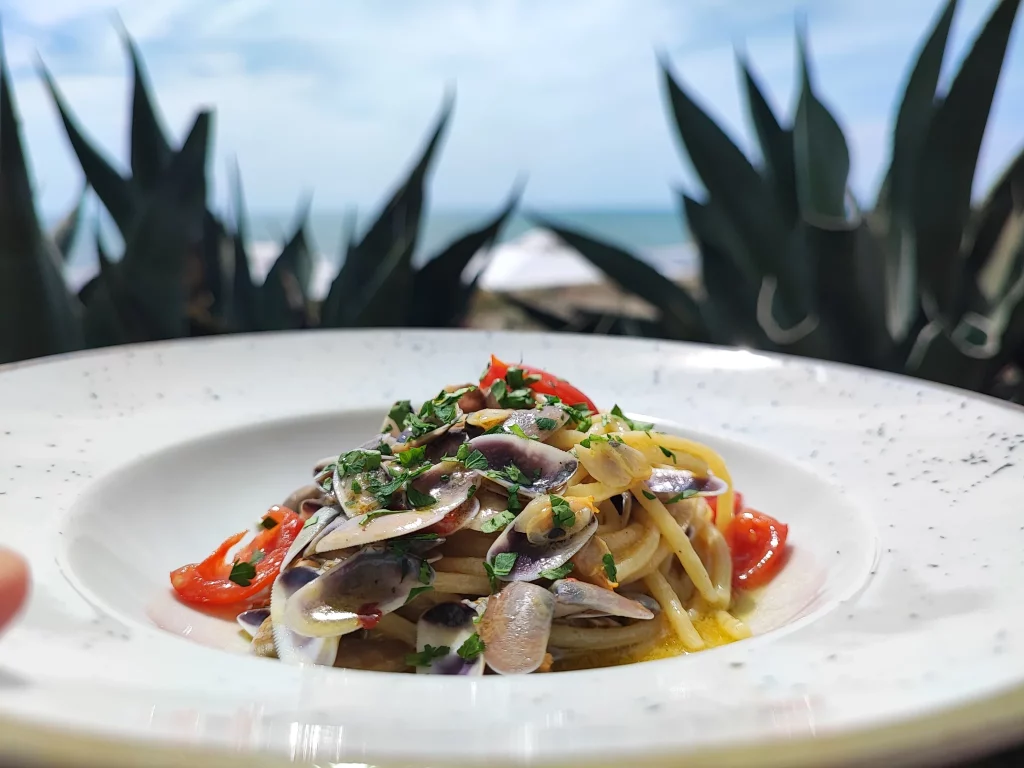
Among the desserts, the choice is easy: mamma Assunta's Sicilian Cannoli have triumphed with success. The wine list, well-curated and consistent with the proposed cuisine, offers a good selection of natural wines and an interesting exploration of Spanish labels, on which Mario is an excellent guide.
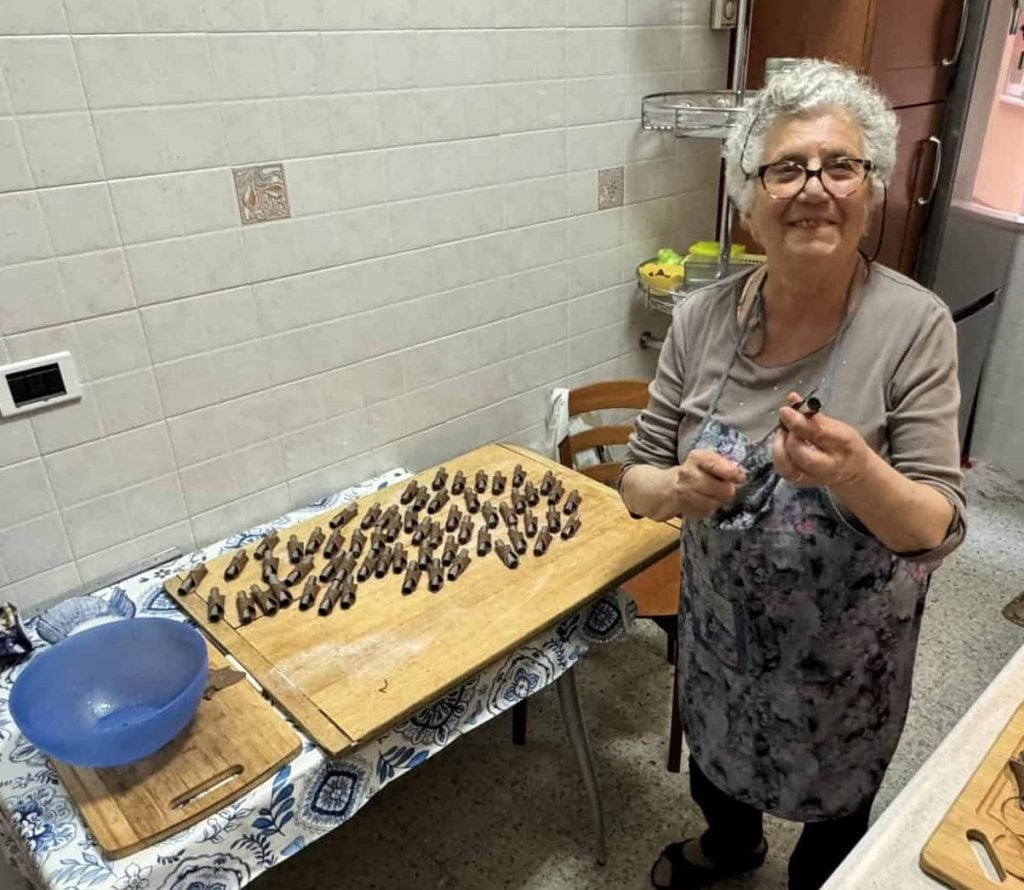
The prices are calibrated to the offering, with a good quality/price ratio. Except for the selections of starters, raw and cooked, no other dish exceeds 20 euros, allowing for a good meal by the sea with a reserved sunbed and umbrella, or to enjoy the view before a sunset dinner. The average cost for a complete meal is around 60 euros per person. Although finding a similar experience on the dunes of Maspalomas might be difficult, we are still in Torvajanica. In the overall experience, the hospitality and cuisine of "266 La Barraca" are definitely worth the stop and the return.

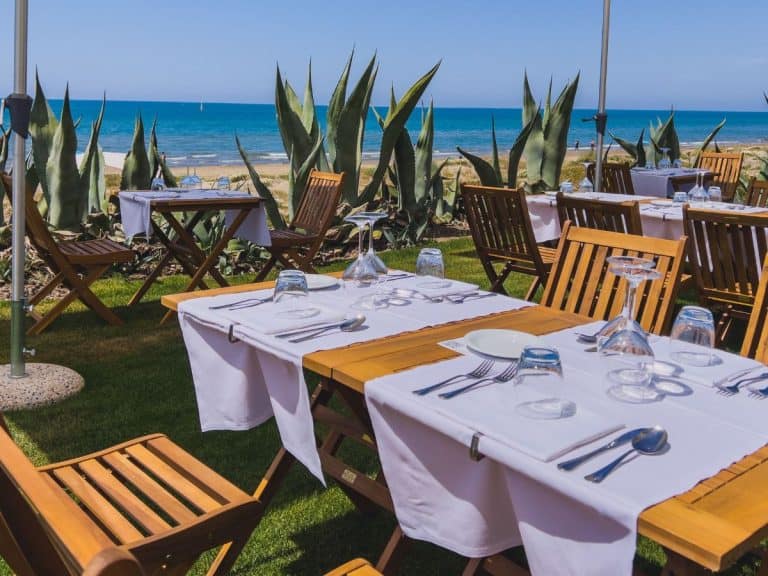
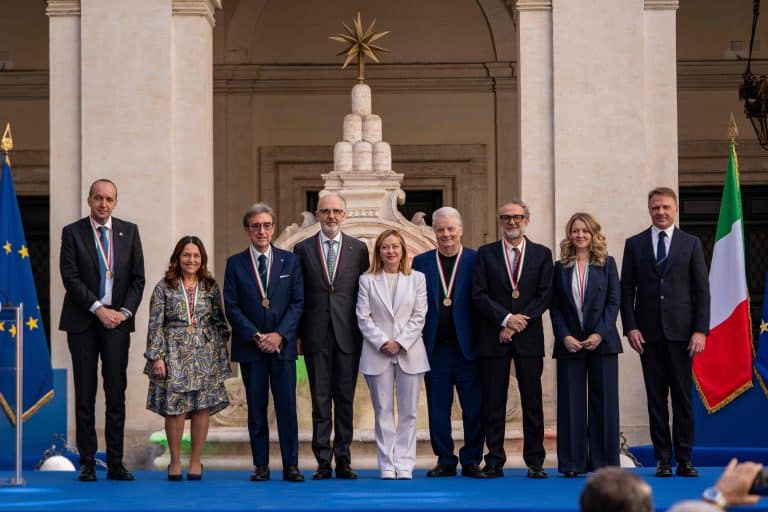 The Government honours the greats of Italian cuisine, from Bottura to Pepe. Massari: "Thank you, Meloni, the only one who listened to us"
The Government honours the greats of Italian cuisine, from Bottura to Pepe. Massari: "Thank you, Meloni, the only one who listened to us"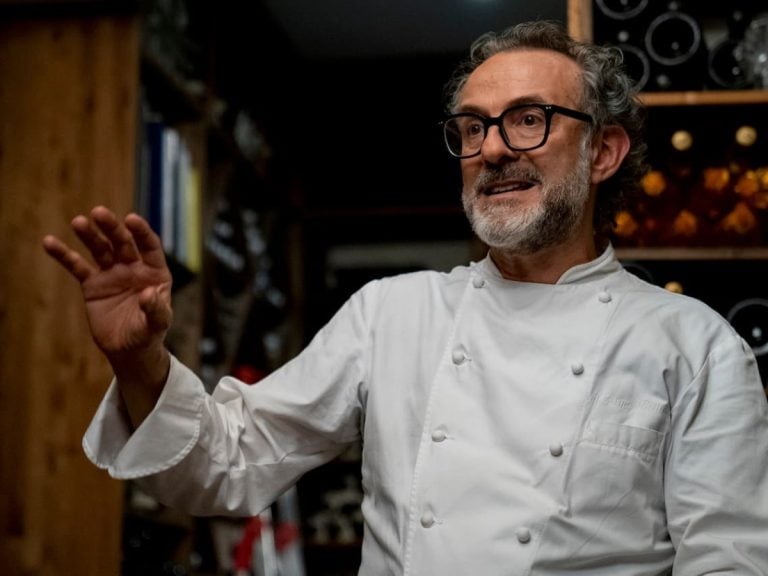 "We must promote a cuisine that is not just for the few." Interview with Massimo Bottura
"We must promote a cuisine that is not just for the few." Interview with Massimo Bottura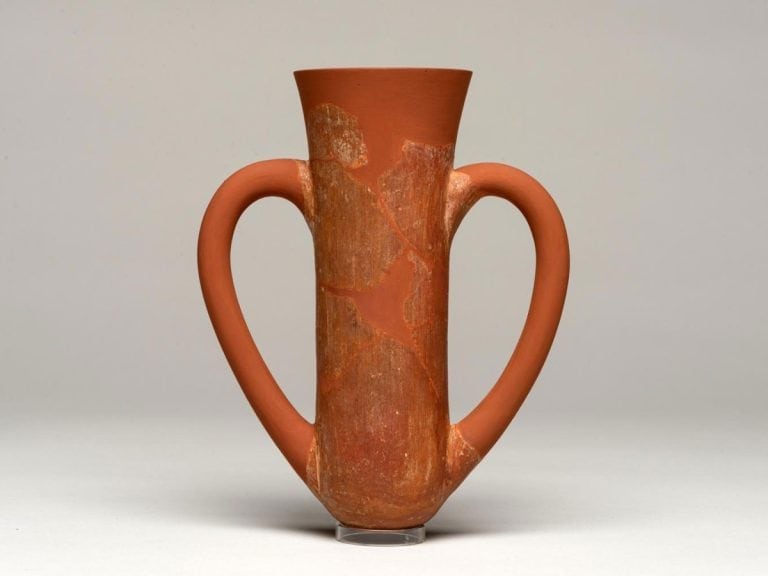 Wine was a drink of the people as early as the Early Bronze Age. A study disproves the ancient elitism of Bacchus’ nectar
Wine was a drink of the people as early as the Early Bronze Age. A study disproves the ancient elitism of Bacchus’ nectar "From 2nd April, US tariffs between 10% and 25% on wine as well." The announcement from the Wine Trade Alliance
"From 2nd April, US tariffs between 10% and 25% on wine as well." The announcement from the Wine Trade Alliance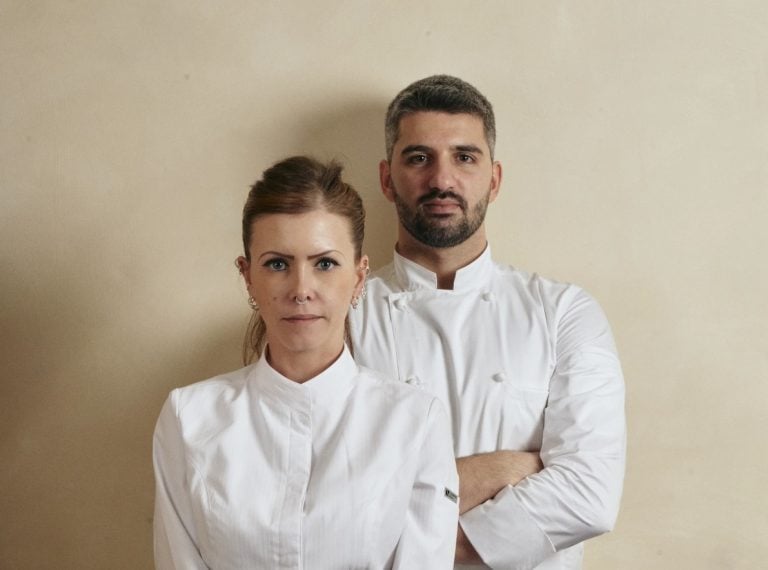 Michelin surprise: in France, the guide rewards Italian chefs
Michelin surprise: in France, the guide rewards Italian chefs
